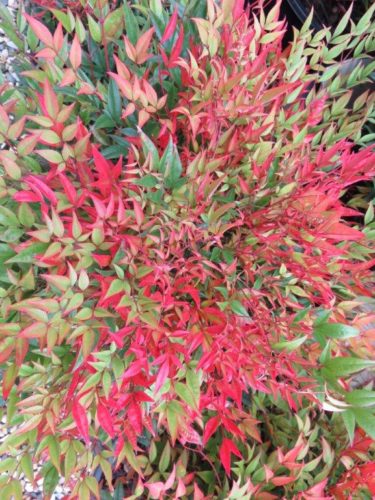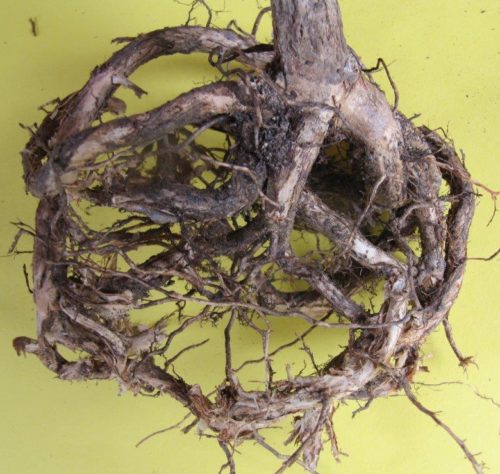WHILE there is an ever-increasing range of new plants available now, I still recommend many of the old varieties.

In the 1960s and early 1970s there was a fashion fad of planting low hedges lining the path to the front door of alternated coleonema aureum (or golden diosma) and nandina domestica nana. “Nana” refers to the dwarf variety. As fashions change, these two plants have largely disappeared from sale. This is a pity as they’re extremely hardy and suited to Canberra. Nandina is evergreen, with bright red berries in winter. It’s also known as the sacred bamboo and grows naturally throughout Asia.
When redesigning existing gardens, I always persuade owners not to remove any existing nandina. It’s said that if nandina is in the garden already, while you may never be rich you will never be poor. Nandina will grow to 1.5 metres tall, while the dwarf variety only grows to about 0.5m. One of the most improved varieties of nandina domestica nana is “Moon Bay”, also suited to pots for the balcony garden.

In colder weather, its green leaves change to an amazing kaleidoscope of colours, as good as flowers for brightening the winter garden. I recommend a group of these combined with golden diosma, which is covered in tiny pink flowers in winter and perfect for the easy-care garden. Diosma only needs a light trim after flowering in spring.
IT’S time to prune crepe myrtles by at least a third, before the leaves start appearing. Crepe myrtles flower in late summer/autumn on new-season wood. Plant peonies now, as well as summer and autumn flowering bulbs, which will be on display at garden centres.
DECIDUOUS trees used to arrive “bare-rooted” at garden centres in winter. This means they were dug up at the grower nursery and delivered with no soil on the roots. Until they were sold, the garden centres covered the roots with soil to stop them drying out. One advantage of this was being able to see if they were root-bound.

Today, garden centres pot the trees up immediately on arrival so they can be sold throughout the year, but the roots can’t be seen. If they’ve been kept in the pot for too long, the roots will circle round and round with nowhere else to grow. Sometimes, with judicious pruning, this can be corrected before planting. However, if planted like this they will continue to circle in the planting hole rather than spreading out naturally, which in turn anchors the tree to the ground. If you go to plant the tree and the roots are badly root-bound, return it to the garden centre.
When planting trees, be aware of all underground services, gas, water, electric and phone lines. Keep in mind if a tree grows to 10 metres tall, depending on the variety, it will have a 10-metre spread. So plant no closer than at least five metres from buildings. This includes overhead power lines, of which ACTEW regulations require all growth be kept at least 1.5m clear. I would suggest at least two metres. If you don’t keep the lines clear ACTEW will do it and charge you handsomely!
Who can be trusted?
In a world of spin and confusion, there’s never been a more important time to support independent journalism in Canberra.
If you trust our work online and want to enforce the power of independent voices, I invite you to make a small contribution.
Every dollar of support is invested back into our journalism to help keep citynews.com.au strong and free.
Thank you,
Ian Meikle, editor




Leave a Reply